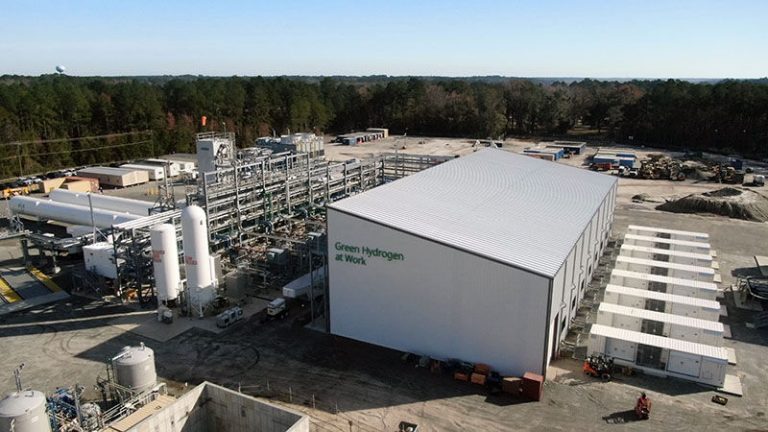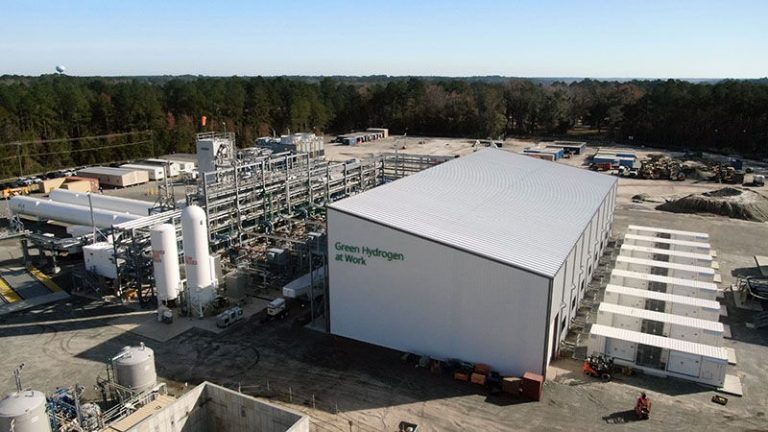Several major tech companies and executives are making donations to President-elect Donald Trump’s inauguration fund, signaling a shift in tone as his second term approaches.
Microsoft Corp., Alphabet Inc.’s Google, and Adobe Inc. have each pledged $1 million, joining other industry giants like Amazon.com Inc., Meta Platforms Inc., and OpenAI CEO Sam Altman in contributing to the fund.
Boeing, Toyota, and Uber are also among the companies donating $1 million each.
These contributions have helped Trump’s inaugural committee amass a record-breaking $170 million, dwarfing the $63 million raised for Joe Biden’s inauguration in 2021 and the $53 million raised for Barack Obama’s first inauguration in 2009.
The funds will support events and activities related to the ceremony.
Trump and big tech
This marks a notable shift in relations between Trump and the tech industry, which have often been fraught.
Over the years, Trump has accused companies like Google and Meta of political bias and content suppression.
However, with his inauguration looming, both Trump and these companies appear to be seeking reconciliation.
Google CEO Sundar Pichai, who previously condemned the January 6 riots, recently congratulated Trump on his “decisive victory.”
Similarly, Meta’s CEO Mark Zuckerberg announced plans to eliminate fact-checkers and reduce censorship across its platforms, while increasing recommendations for political content.
Apple CEO Tim Cook has reportedly joined the list of donors with a $1 million contribution, though Apple has not officially commented.
Microsoft, which contributed $500,000 to inaugural funds in 2017 and 2021, has doubled its donation this time.
Observers see these donations as strategic moves to maintain favour with the incoming administration.
This warming relationship stands in stark contrast to past tensions.
For example, in September, Trump threatened to pursue legal action against Google, accusing it of promoting negative coverage during his campaign.
Now, Trump himself acknowledges the change in tone, saying, “The first time everybody was fighting me… This time everyone wants to be my friend.”
Trump’s Inauguration Day
Inauguration Day, traditionally dedicated to the peaceful transfer of power, will see Donald Trump taking the oath of office for his second term.
The ceremony, set to occur at 12 pm ET (5 pm GMT) at the U.S. Capitol, will include Trump’s inaugural address, followed by the customary festivities.
Outgoing President Joe Biden has confirmed his attendance, marking a symbolic gesture of unity despite the political divide—a courtesy Trump did not extend when Biden was sworn in four years ago.
Trump’s speculated guest list
Trump has diverged from precedent by inviting several foreign leaders to the event.
While it is customary for foreign leaders to send diplomats due to security concerns, prominent figures such as Argentine President Javier Milei and Israeli Prime Minister Benjamin Netanyahu have confirmed their attendance.
Far-right leaders, including Italy’s Giorgia Meloni and Hungary’s Viktor Orban, are also reportedly invited, though Orban has yet to confirm his plans.
On the other hand, notable absences include Chinese President Xi Jinping, despite an invitation, and French President Emmanuel Macron.
Instead, French far-right politician Eric Zemmour will represent France at the ceremony, as confirmed by his party.
Former Brazilian President Jair Bolsonaro, a vocal Trump ally, has also been invited.
The post Microsoft, Google, Boeing join donors list for Trump’s record $170M inauguration fund appeared first on Invezz










